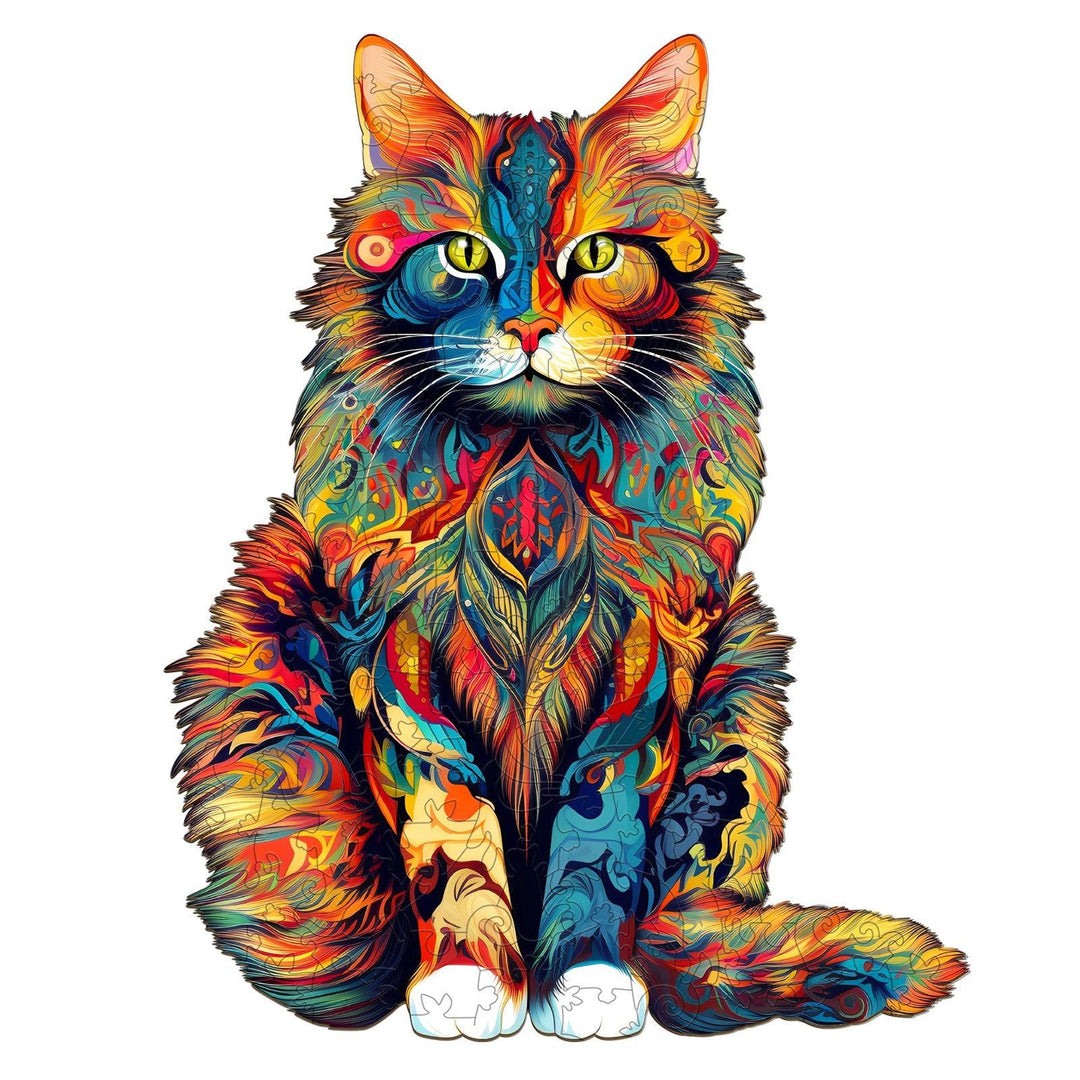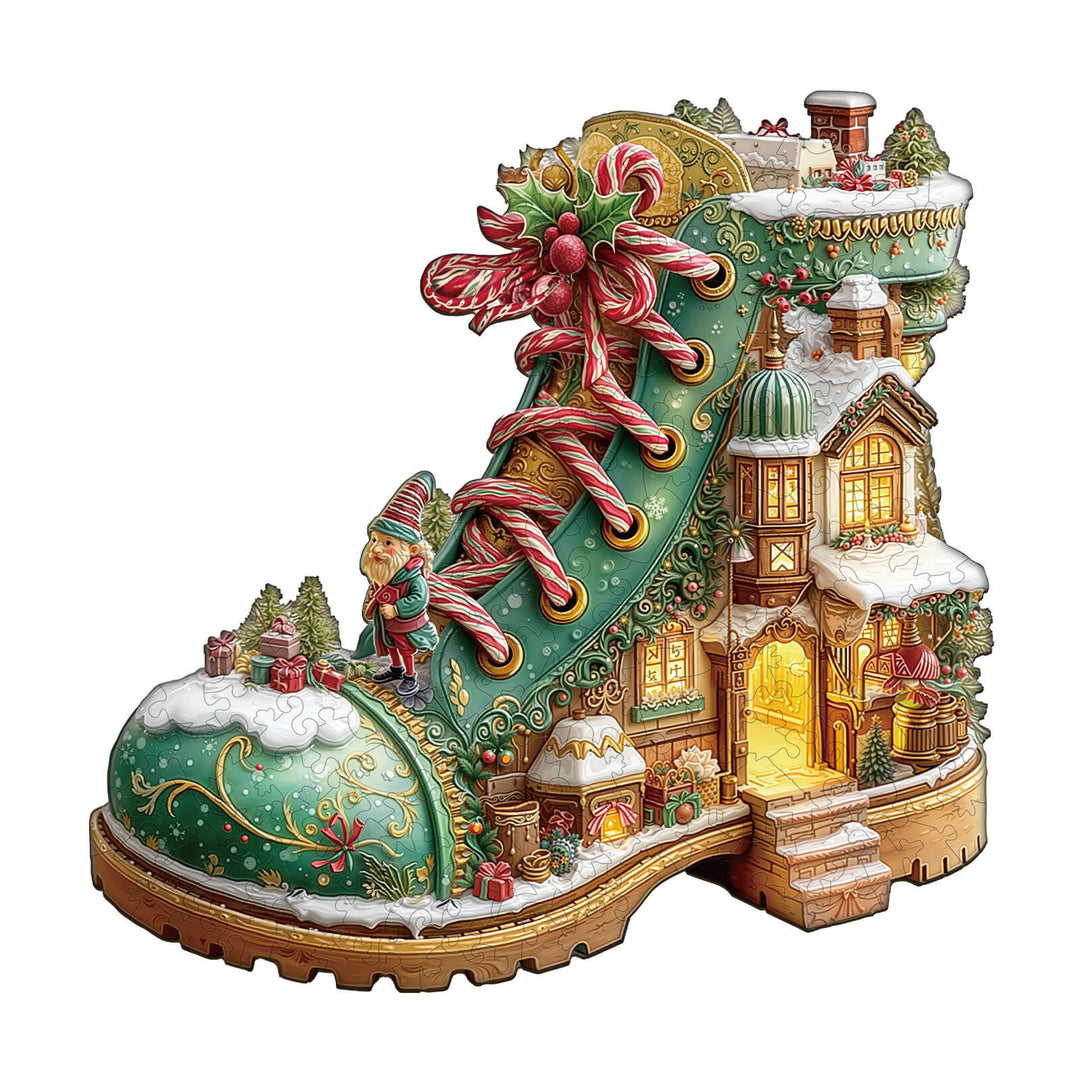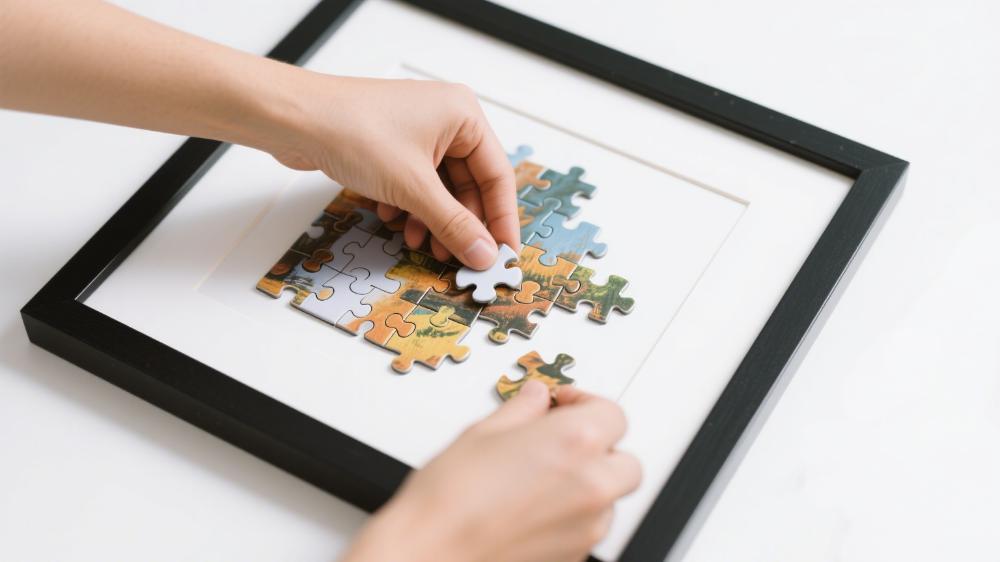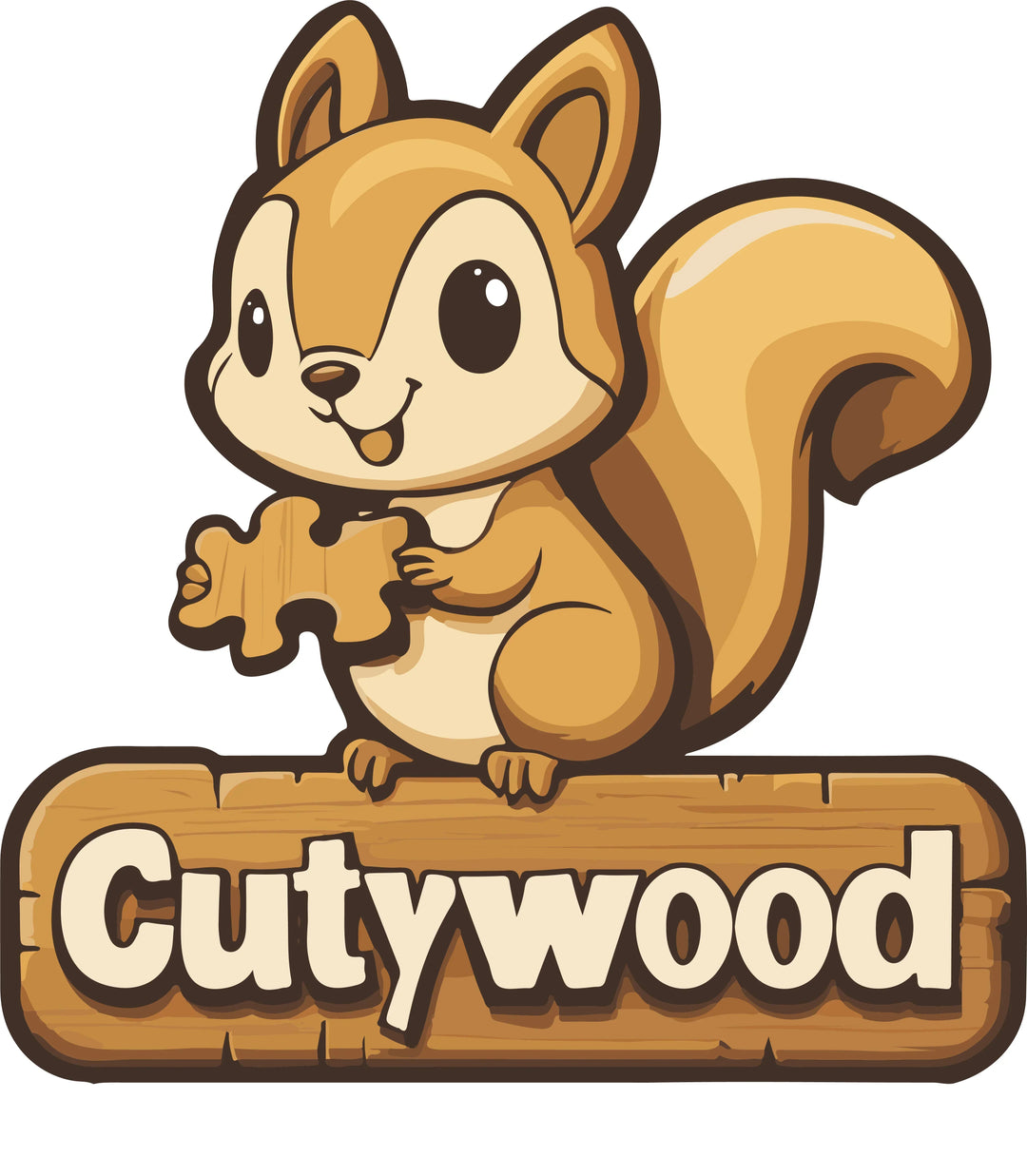🧩Im Laufe der Geschichte der Rätsel, wie wurde es zu einem beliebten Zeitvertreib?
Tritt ein in die Welt der RätselDas Vervollständigen eines Puzzles ist eine ideale Möglichkeit, Stress abzubauen. Halte deine Hände beschäftigt und baue etwas Schönes. Diese komplexen Spiele bestehen aus Hunderten, sogar Tausenden, von einzigartigen, ineinandergreifenden Teilen und kommen in unzähligen Designs und unterschiedlichen Schwierigkeitsgraden.
Während Puzzles oft als Freizeitbeschäftigung angesehen werden, liegen ihre Ursprünge in der Bildung und Geografie. Hier erkunden wir die Geschichte der Puzzles und sehen, wie diese Aktivität zu einem beliebten Zeitvertreib für Kinder und Erwachsene wurde. |
Die frühe Geschichte der Puzzles |
|
|
 |
|
"Die Teilung Europas in Königreiche", John Spilsbury, 1766. |
|
Das erste kommerzielle Puzzlespiel wurde um 1760 vom englischen Kartografen und Graveur John Spilsbury entwickelt. Er befestigte eine Karte von Europa an Hartholz und schnitt mit einer Säge entlang der Grenzen der Länder. Diese Prototypen wurden als "anatomische Karten" bekannt und wurden als Lehrmittel verwendet, um Kindern Geografie beizubringen.
Spilsbury sah die Beliebtheit der ersten Puzzles und witterte eine Geschäftsmöglichkeit, also schuf er acht geografisch thematisierte Weltpuzzles: Europa, Asien, Afrika, Amerika, England und Wales, Irland und Schottland. Diese frühen Puzzles waren bei wohlhabenden Familien, einschließlich der britischen Königsfamilie, beliebt. |
 |
Wie Puzzles beliebt wurden |
|
Während der Zweiten Industriellen Revolution verbesserte sich die Puzzleherstellung erheblich. Die lithografische Drucktechnologie ermöglichte es den Puzzleherstellern, qualitativ hochwertigere Drucke auf Holzoberflächen zu übertragen, und sie begannen, Harthölzer (wie Redwood) und Sperrholz zur Herstellung von Puzzles zu verwenden. Dies machte das Material leichter, günstiger und einfacher zu schneiden. Darüber hinaus ermöglichte die Erfindung der Pedalsäge den Herstellern, komplexere ineinandergreifende Teile schneller zu erstellen.
Als die Große Depression 1929 Amerika traf, erlebten Puzzles einen großen Aufschwung: einen Anstieg der Beliebtheit. Anstatt Puzzles aus Holz herzustellen, begannen amerikanische Unternehmen, Puzzles aus Pappe in Massenproduktion herzustellen, und zwar mit einer neuen Methode – dem Stanzverfahren. Dies senkte die Kosten für Puzzles erheblich. Zu einer Zeit, als sich die meisten Familien teure Unterhaltung nicht leisten konnten, boten Puzzles eine wiederverwendbare Form der Unterhaltung.
Im Laufe der Zeit wurden Puzzles aus Pappe zum dominierenden Produkt, während die älteren Holzpuzzles zu einem relativ seltenen Produkt wurden. |
|
I. Urheberrechtshinweis
- Bildquellen: [中国设计之窗] http://www.333cn.com/shejizixun/202023/43496_165977.html
- Urheberrechtsbesitz: Sofern nicht anders angegeben, gehört das Urheberrecht an allen auf dieser Website/dieser Plattform angezeigten Bildern den ursprünglichen Autoren oder Urheberrechtsinhabern. Wir respektieren und schützen die Rechte an geistigem Eigentum und stellen sicher, dass die Nutzung aller Bilder den geltenden Gesetzen, Vorschriften und den Anforderungen der Urheberrechtsinhaber entspricht.
- Verwendungsbereich: Die Verwendung von Bildern auf dieser Website ist auf [Informationsanzeige und Inhaltsillustration] beschränkt.
II. Haftungsausschluss
- Fair Use: Bei der Verwendung von Bildern hat diese Website die Bestimmungen zum fairen Gebrauch, die im Berner Übereinkommen, im Universellen Urheberrechtsübereinkommen und in den relevanten Gesetzen und Vorschriften verschiedener Länder festgelegt sind, vollständig berücksichtigt und eingehalten. Im Falle von Streitigkeiten, die aus dem fairen Gebrauch entstehen, wird diese Website diese angemessen gemäß den relevanten Gesetzen und Vorschriften behandeln.
- Kontaktieren Sie uns: Wenn Sie der Meinung sind, dass ein Bild auf dieser Website/Plattform Ihr Urheberrecht oder andere legitime Rechte und Interessen verletzt, kontaktieren Sie uns bitte umgehend (service@woodbests.com). Wir werden die betreffenden Bilder gemäß den geltenden Gesetzen und Ihren Anfragen umgehend löschen oder ersetzen und aktiv mit Ihnen bei der Bearbeitung verwandter Angelegenheiten zusammenarbeiten.








